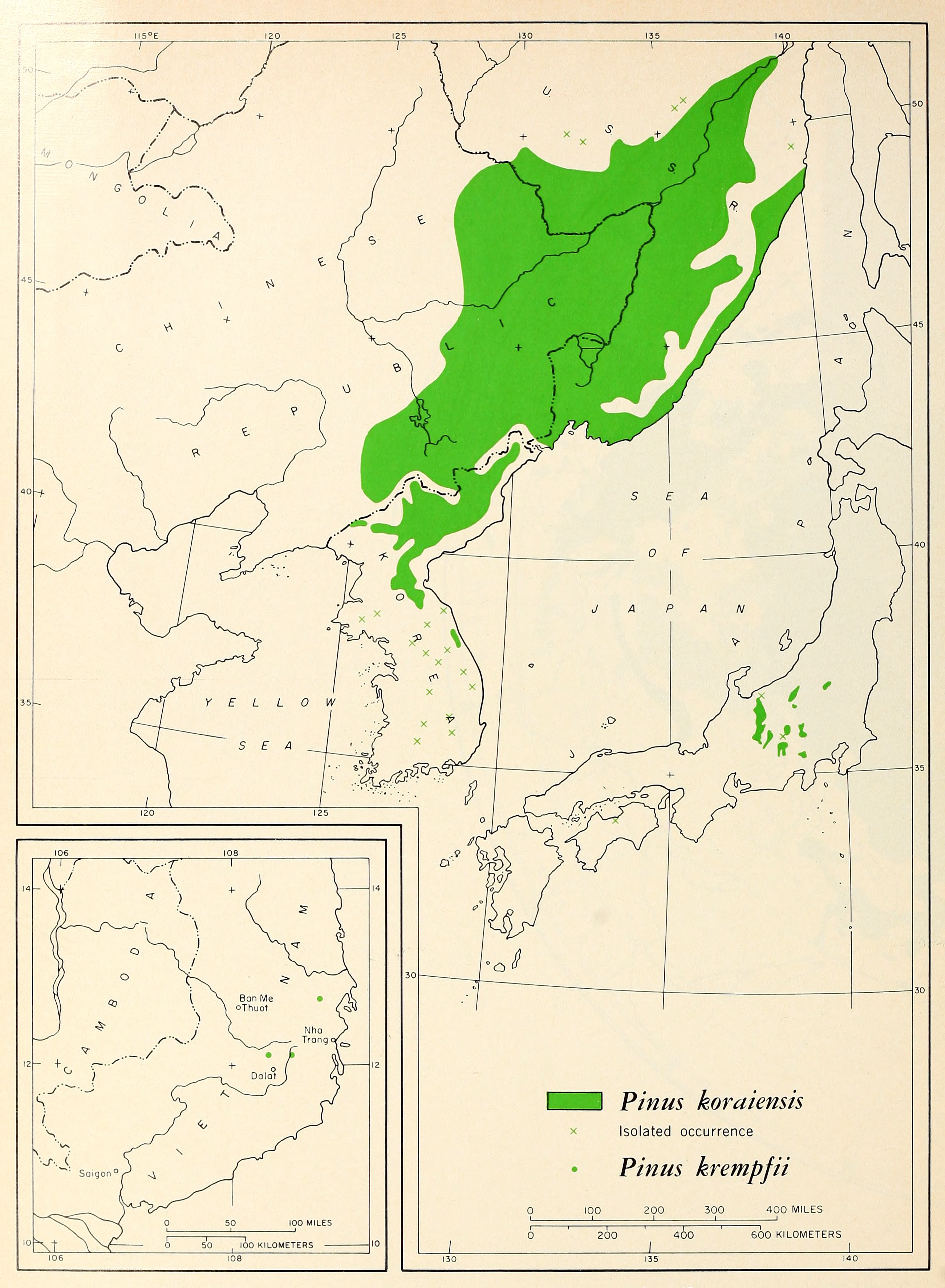I ran into several fantastic people, most notably Paul Pfeifer and Gerry Donaldson. Even though I dropped in unannounced and they did not know me from anybody, they took time out of their day to help me out.
Both men have the agile minds and demonstrated the ability to talk intelligently about a very wide range of topics. Not only could they talk about those topics, they were able to calibrate their conversation to my layman's understanding of things. Not only did I enjoy talking with them, they make me a smarter person.
Unfortuntately...
Unfortunately the pictures came out overexposed. There were three things that may have contributed to that.
A low haze blew in and the light was about what you would expect if you were taking pictures from inside a fluorescent light tube.
The second factor is that I had switched from rechargable batteries to disposable alkaline batteries. For some reason this model of camera wants the user to tell it what kind of batteries you are using. I had neglected to tell my camera. I don't know why that would make a difference but it might have.
A third factor might be that I took some of the photos in "text" mode. I think aperture, exposure and all of the other stuff might be biased to produce overexposure to maximize contrast to make light==>be==>white and not-light==>be==>black.
With no further ado... crappy photos of our candidates
Eastern White Pine substitutes
All of these substitutes for Eastern White Pine (Pinus strobus) are reputed to have resistance to White Pine Blister Rust.
 |
| Korean Nut Pine. This specimen was planted in 1963. It is approximately 60 feet tall and very wide. It is multi-stemmed. Paul in foreground reading the ID tag. |
 |
| Cone with shells of pine-nuts scattered around it. It looks like Secret Squirrel was here. |
 |
| A close up of the shells to provide size reference. |
 |
| Range map. Image from HERE |
 |
| This is a clone of Korean Pine named "Eye of the Dragon". The needles are a bit crinkled and it gives the tree a presence reminiscent of an Old English Sheepdog that has just been bathed and blow-dried. |
 | ||
| Japanese Red Pine. This is not really a substitute for the Eastern White Pine because it is a medium sized conifer but it would be a striking focal plant for a Mediterranean style house, providing a splash of color against the whitewashed stucco and dark red tiled roof. There might be variation in the brightness of the red trunks, so either buy a grafted selection or buy a tree old enough where you can see the color developed. Discretely pruning away lower branches helps the stems be more visible. |
 |
| Japanese White Pine (glauca group) is similar to Eastern White Pine but the cones are shorter. |
 |
| Swiss Stone Pine. Like the Korean Pine, this is one of the nut pines. This is a cultivar named "Chalet" that was selected for its dense canopy and good color. A very nice write-up of medium sized conifers can be found HERE. |
Blue spruce substitutes
 | |
| Three separate Concolor Fir. Concolor Fir loses its sharp triangle and its shape softens as it ages. But then, so did my shape. Structurally, the tendency to split into multiple stems should make it more vulnerable to ice and wind damage but you rarely see Concolor Fir with broken stems. |
I will go back in the spring as the trees are throwing out a new flush of growth and take more pictures. Hopefully I will pick a sunny day.

http://www.amazon.com/Made-Each-Other-S ... W2YMYNW6EM
ReplyDelete"The stars of this balletic study are the whitebark pine and Clark's "Crow""
I read this last night. Excellent intro to the subject.
I didn't know anything about pine nuts\stone pines and it cleared up a lot.
Bristlecone pines, among others, are planted by Clark's Nutcracker at high elevation.
see also
http://www.bioone.org/doi/pdf/10.1650/CONDOR-15-125.1